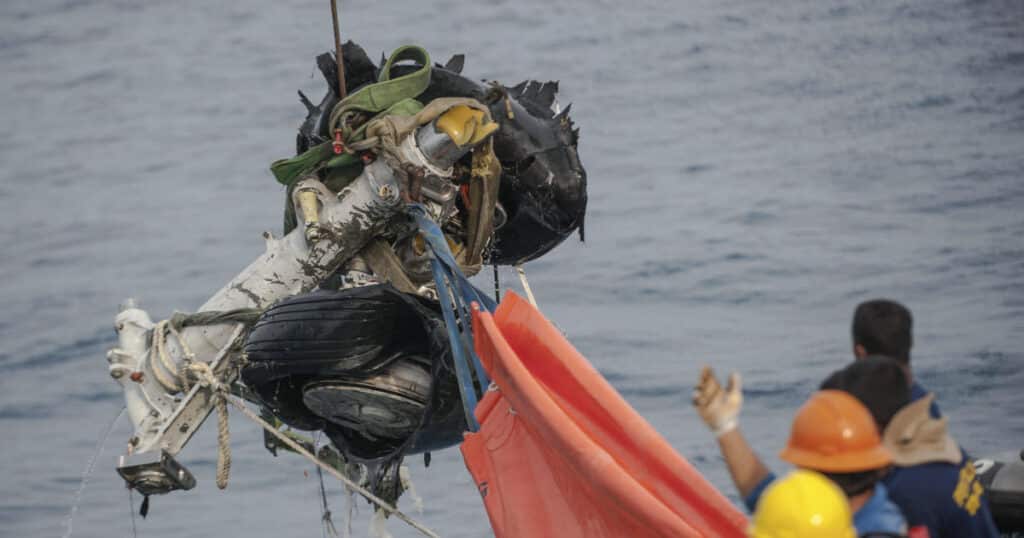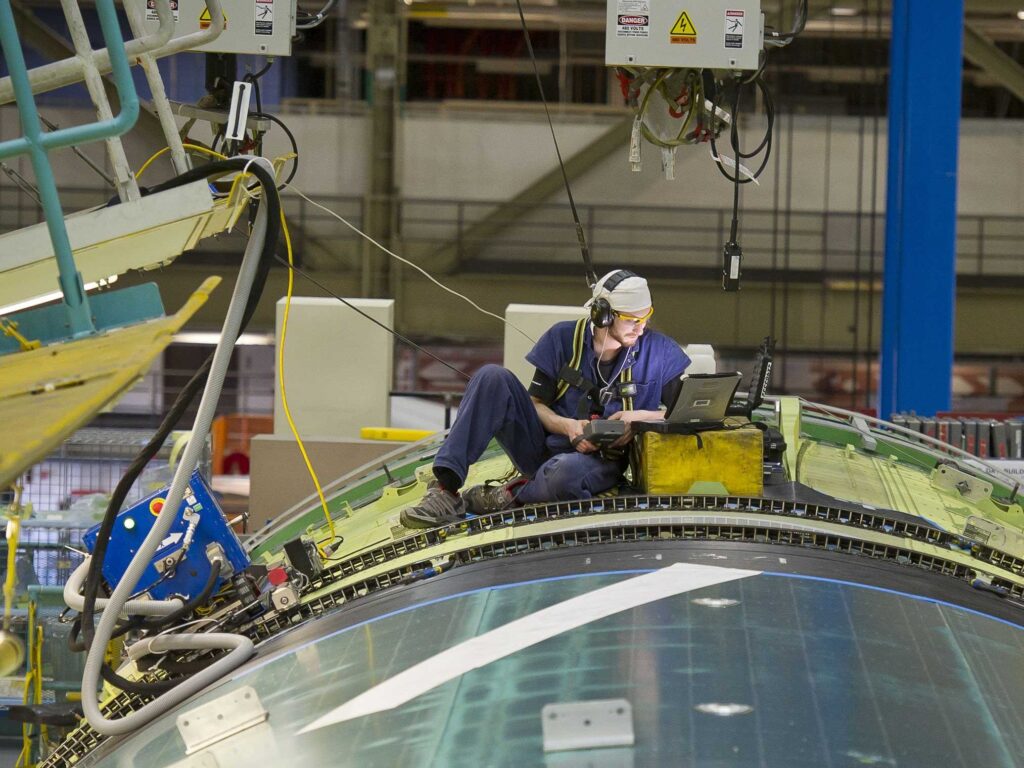Some Plane fly fast. Why not commercial Aircraft?
Did you know British Airways callsign is Speedbird? You did! Ok, but did you know they also used “Speedbird Concorde” because Air Traffic Controllers needed to have their eyes peeled for aircraft that can Fly Faster than other commercial aircraft.
Fly Faster
The first commercial Airliner was made by the DE Havilland company. It was the COMET back in 1949. A mere 27 years later the Concorde took its first commercial flight. With a maximum speed of Mach 2 at 60,000 feet, it halved the Paris to New York City travel time. From 8 hours to 3.5. BA holds the route record with a Heathrow to JFK flight in just 2 hours 53 minutes.
Today, that’s barely enough time to get a pic of your VIP meal uploaded onto TikTok.
It’s now been Five decades since the Concorde first conquered the Atlantic Ocean and we feel it’s high time to discuss why commercial aircraft speed has remained stuck at Mach .82. Surely money’s not the issue? Otherwise, we would have Russian oligarchs breaking sound barriers all the way from Dubai to Las Vegas. So what is the barrier to these supersonic speeds?
Let’s take a short hypersonic burst into the area of commercial supersonic airplanes. What are the current conditions? and where it might land?
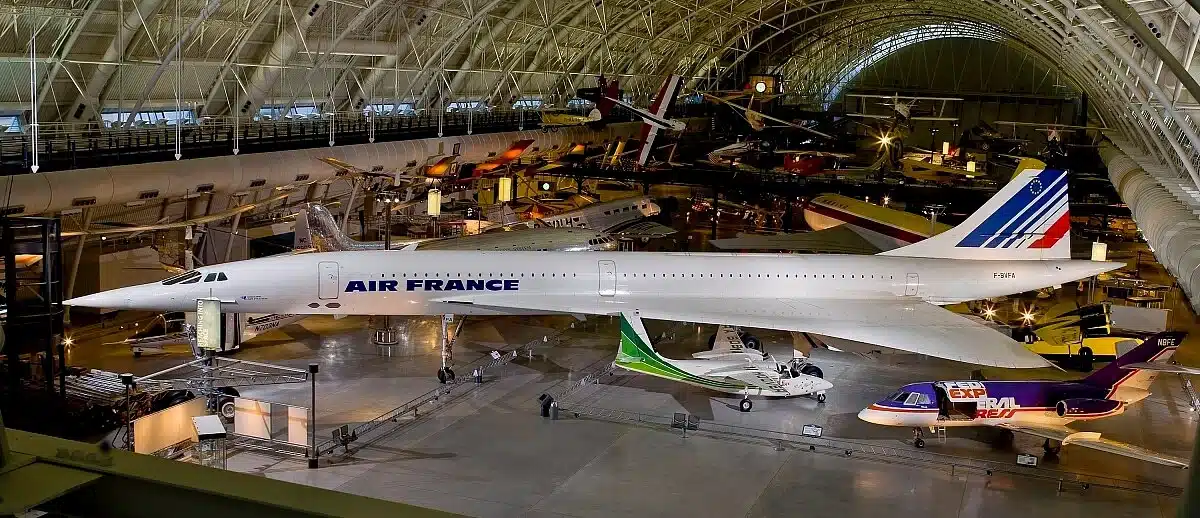
Speeds of Sound
2,000 Km/hr. Twice the speed of sound and you are now creating a continuous moving shockwave in the air that you just occupied. Anyone that grew up near Heathrow or Charles De Galle from the 70’s to 2003 or has ever been to an air show, knows what I am talking about. The Sonic Boom.
It sounds like God has reached down and decided to rip the earth in two. And boy did airport residents not like it. Their windows shook in the frames. Taller buildings showed structural damage up to a range of one hundred kilometers from the aircraft flight path. The fact that rich people were onboard going to nice places super-fast made it even more galling.
Airplanes Restricted Operations
So the curved routes and faster speeds of the Concorde were restricted to minimize these effects. SIDS and STARS were designed for people on the ground and not the wallets of BA or Air France. And the operation of these flights became hugely expensive due to additional fuel consumption.
Also, ticket prices on Concorde today would cost the equivalent of USD $10,000, each way, which is close to where a First-Class ticket prices would be.
Except Concorde was far from a luxurious first-class commercial airplane. Due to the supersonic design engineering requirements and sleek Planform design, it was closer to a submarine. A narrow airplane fuselage with minimal leg room for 100-passenger capacity. Yes, you got a nice meal, but this was a single purpose airplane. To get you there fast. Comfort was secondary.
Concorde was smaller than a B737. With 50% of the available cabin room. And the market forces slowly responded. Ticket sales showed us that people would rather sleep on a flat surface for 8 hours after a 5-course gourmet meal rather than rattle around inside a fighter jet for 3 hours.
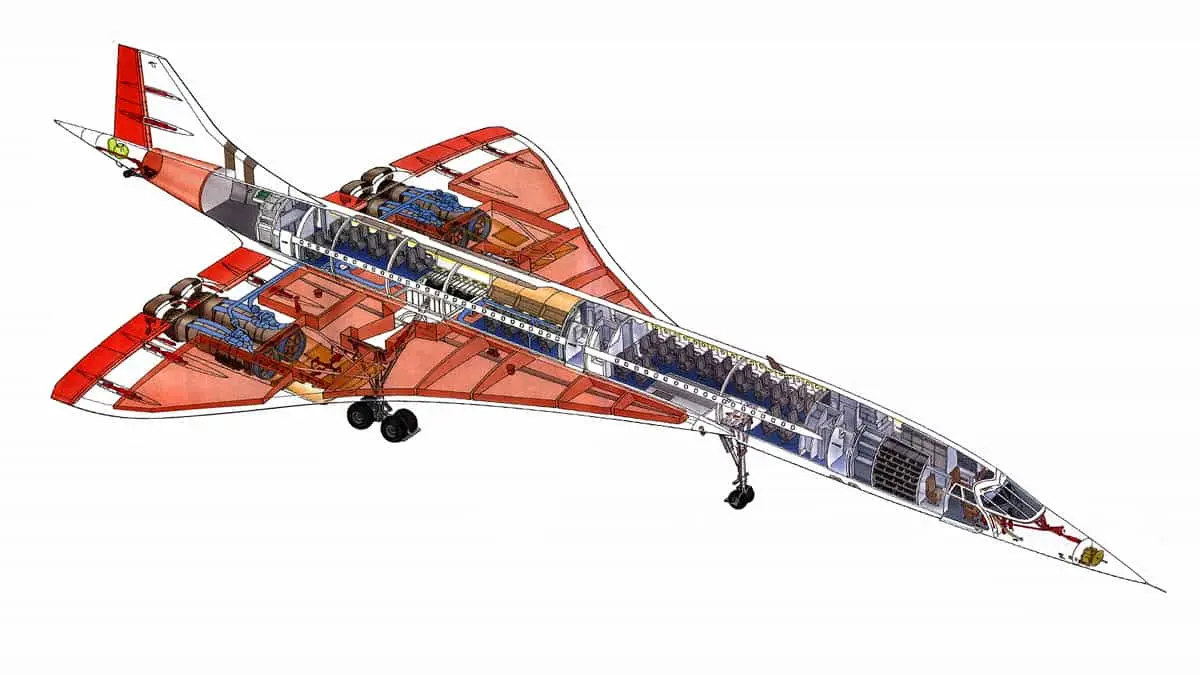
9/11 and Air Travel
Not only did the horrific events of Sept 2001 transform the airline security industry, locking and reinforcing cockpit doors as well as scanning bags and passengers for every possible atom, it also killed off the business traveler for about 5 years.
The same thing is happening now during Covid. As travel demand returns, we are seeing the slowest return in the business and VIP traveler as they opt to work remotely to save costs. Or they are afraid of being flight shamed. But this was also the final nail in the Concorde coffin which saw demand drop. It was swiftly retired in 2003.
The Fuel Sweet-Spot
Commercial airplane fuel efficiency has improved drastically in the last 50 years. The figure is around 50%. Increases in high-bypass engines and electrically powered generators instead of bleed air have delivered huge fuel efficiency results that are unmatched by other sectors such as shipping or trains. But there’s an upper limit to that efficiency.
And you guessed it. Its Mach .82 or 820 km/hr air speed which is also known as the Transonic Range. The engines can propel the aircraft up to that cruise speed and remain economical, but if you try to get into the 900/950 miles per hour range or M1 territory, your fuel costs go up just as fast as the aircraft. Ironically, once you leave the Transonic range at Mach 1.2, that efficiency comes back to you. But it’s just not viable.
Do Passengers want to Fly Faster?
You need to design an aircraft that can traverse the ranges efficiently. Now if you have a Boeing B777 with say, 150 first class/VIP passengers then maybe this could work. But it doesn’t work when you only have fifteen people paying $10k a pop and the other 270 passengers paying USD $500 all-in return.
And right now, the world is more interested in CO2 emissions and SAF (sustainable aviation fuel) and not speed. Newer engines like the RISE are all about the higher bypass ratio and “smart” turbine blades than they are about speed. Increasing fuel efficiency is the airline’s priority. Not faster flights.
Commercial Supersonic Flight
But the Concorde was sleek. It had a cool pointy nose. The A380 looks like it just wants to sit down and have a nap. But there are ways we can make aircraft go faster. We can redesign the Wing to make it more aerodynamic. Just not the Ogee Planform design of the Concorde. Once you select this design for speed you reduce the lift capability of your wing and so now, to keep the same physics of flight, you must lengthen the wing.
This adds weight and therefore more fuel burn. So, you are in a cycle of borrowing from peter to pay Paul. You can’t have faster design without a fuel cost penalty. Aircraft certification is also a long, complex, and expensive process.
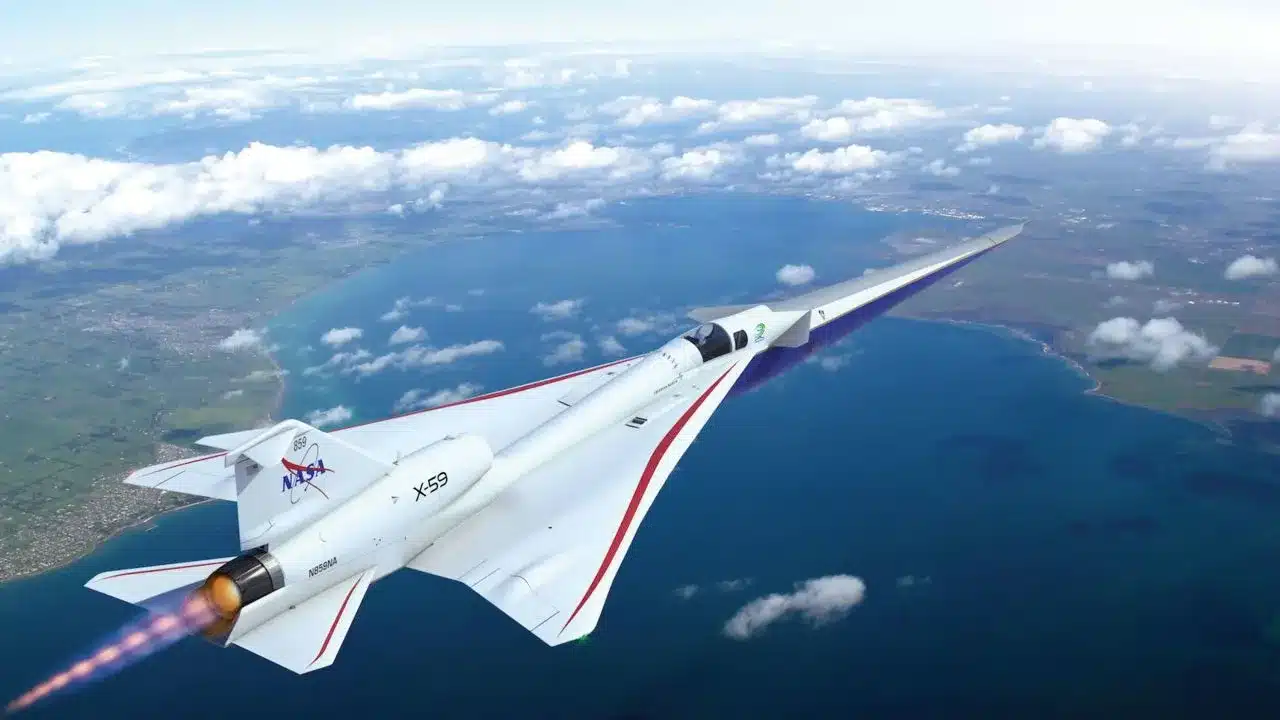
Mach 1 Designs
If you read our B737 Max article you can see how Boeing has been in a B737 “updating” model since the 1960’s because design and building new aircraft is expensive. The A380 cost an alleged $45 billion and took 25 years from original concept to delivery.
Supersonic planes, with their high degree of design difficulty would need a lengthy design, validation, and certification process. And you would need to convince airlines like Air France and Emirates Airlines that the market exists.
The Fuel Efficiency Dilemma
Both NASA and DARPA have been looking at new plane design and turbojet engines that could reduce the shockwave by one third. And do it with sustainable hydrogen fuel. But there’s other practical things we need to consider. Your commercial flight is not just your time in the air.
Its time spent at check-in, security, and boarding. Flights can be delayed; you can taxi on the ground for what seems half your life and your slot can be as hard to find as decent chips on a JetBlue flight.
The "Fly Faster" Market
And people really don’t want to exchange the potential time difference for 2x or 3x the price. If your travel day was 8 hours – home to hotel– with a 4-hour flight in between, a 50% saving on just the flight time is only a reduction from 8 hours to 6. And to be asked to pay hundreds of dollars more for that saving is not something people want to do.
Here’s a practical example. Red eye flights, where travelers are happy to spend those extra hours on flights sleeping instead of rushing to a destination at supersonic speeds only to get there at four o’clock in the morning. And then must go back to bed.
The barrier is not sound. The barrier is the cost of fuel. Plane costs for the airline means costs for the passenger. I think there’s a price point that makes sense but lots of other things need to make sense also for that speed to translate to overall gains for the passengers. Maybe United and Boom have the answer. We for one, hope so.

